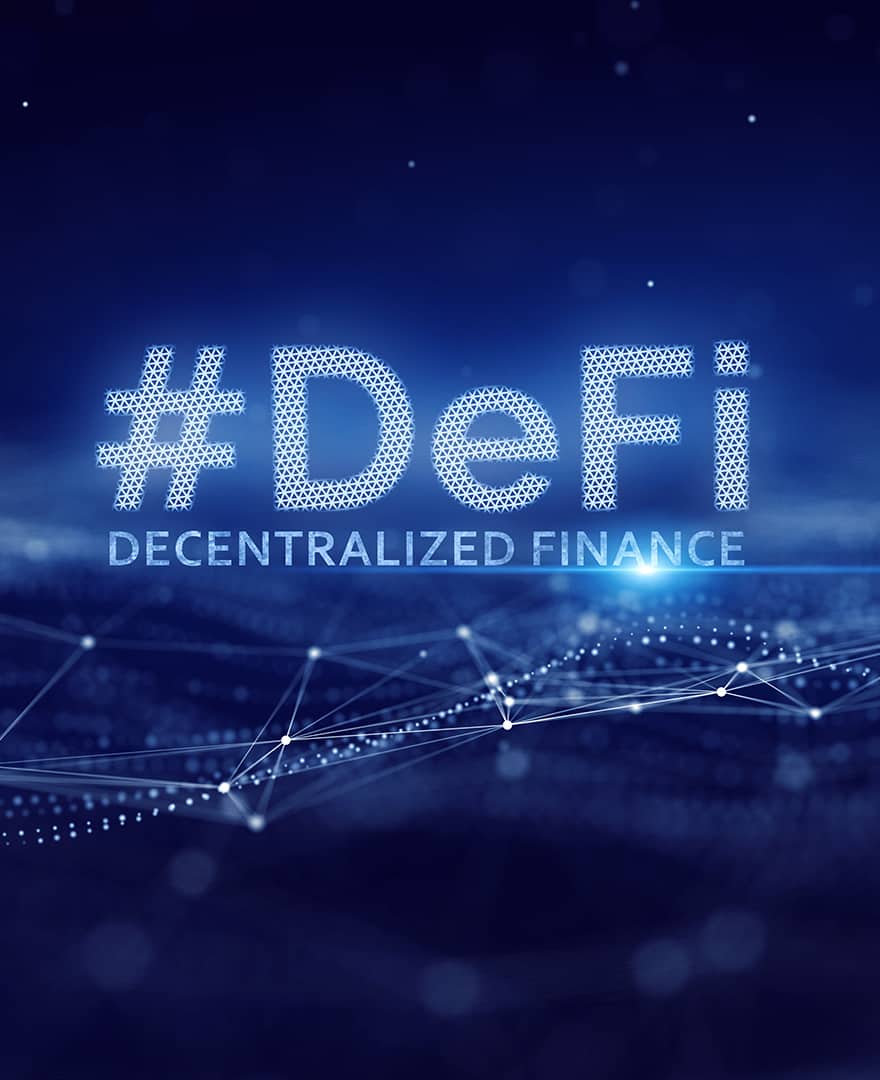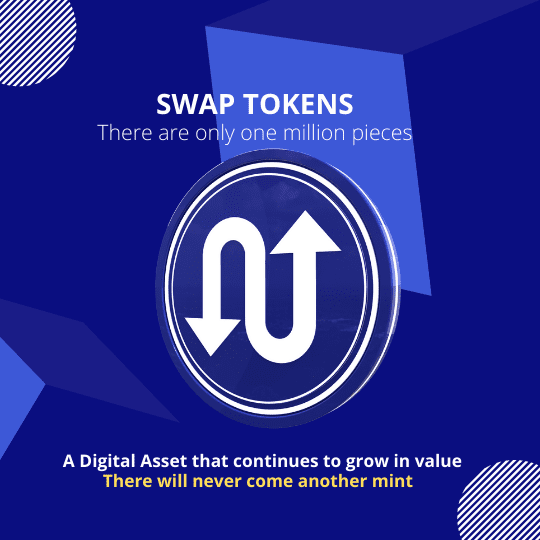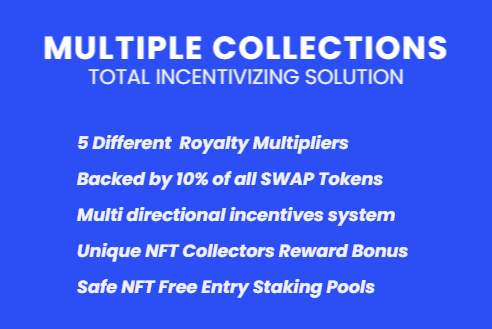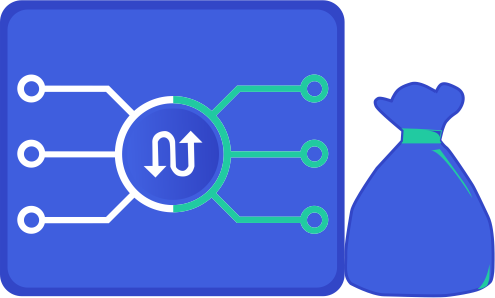Decentralization refers to the distribution of power, control, or influence among multiple parties rather than being held by a single central authority. It can be applied to a variety of systems, including economic, political, and technological systems. In the context of technology, decentralization refers to the design of systems that do not rely on a central point of control or a single authority. This can be achieved through the use of distributed systems, where power and control are distributed among multiple nodes or devices.
One of the main benefits of decentralization is that it can increase the resilience and security of a system. Since there is no single point of failure, the system can continue to operate even if one or more nodes fail. Decentralization can also increase transparency and accountability, as all nodes in the system have equal power and can participate in decision-making processes. Blockchain technology, which underlies cryptocurrencies such as Bitcoin, is a prime example of decentralization in action. In a blockchain system, transactions are recorded and verified by a network of computers rather than a central authority, making it difficult to alter or tamper with the record. This ensures the integrity and security of the transaction record and enables trust among parties without the need for a central intermediary.
Decentralized systems can also be used in other areas, such as decentralized networks for communication and file sharing, decentralized marketplaces for buying and selling goods and services, and decentralized governance systems for making collective decisions. Overall, decentralization offers an alternative to centralization, where a single authority holds power and control. It can provide greater security, transparency, and resilience, as well as enabling greater participation and decision-making power among individuals and organizations.








